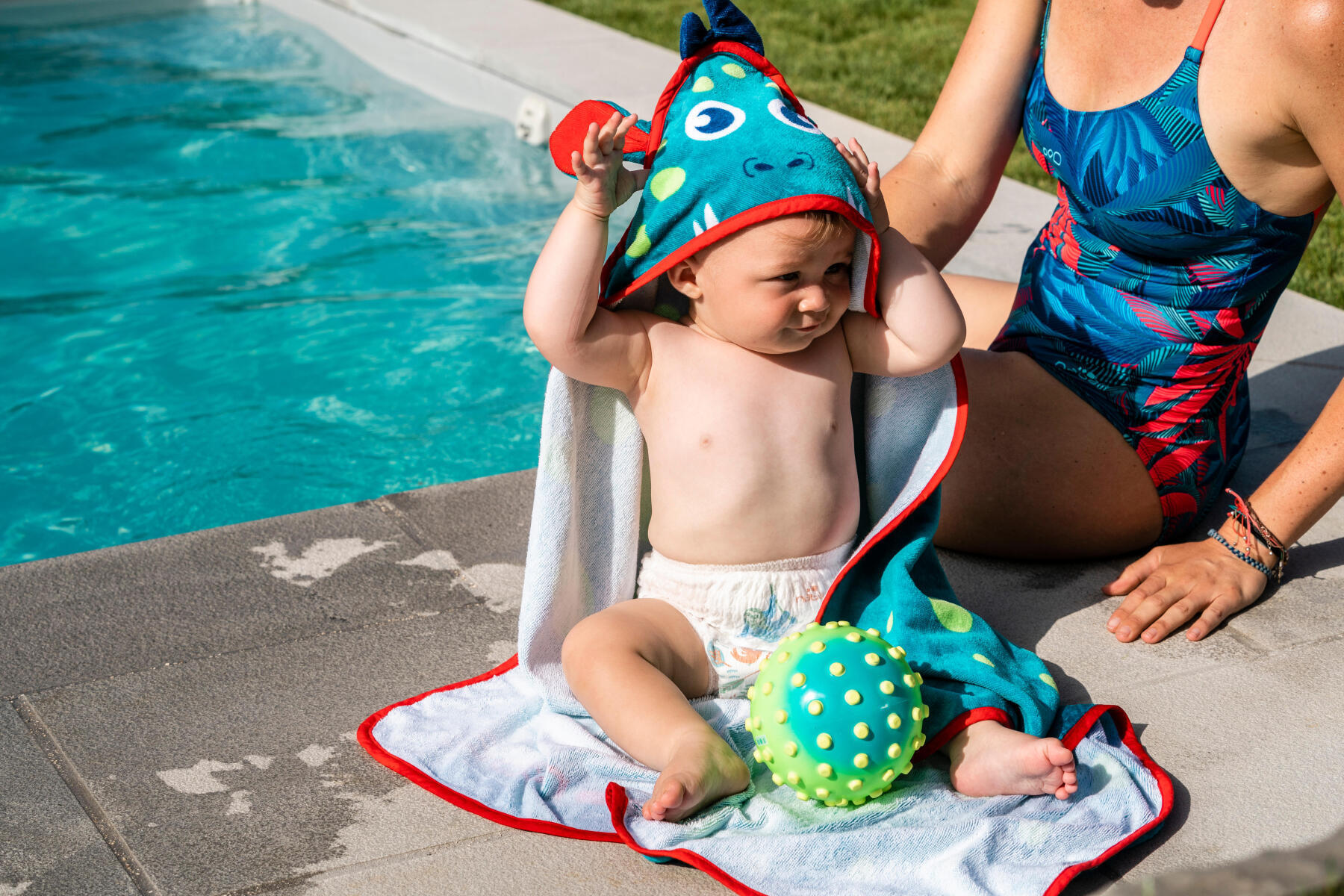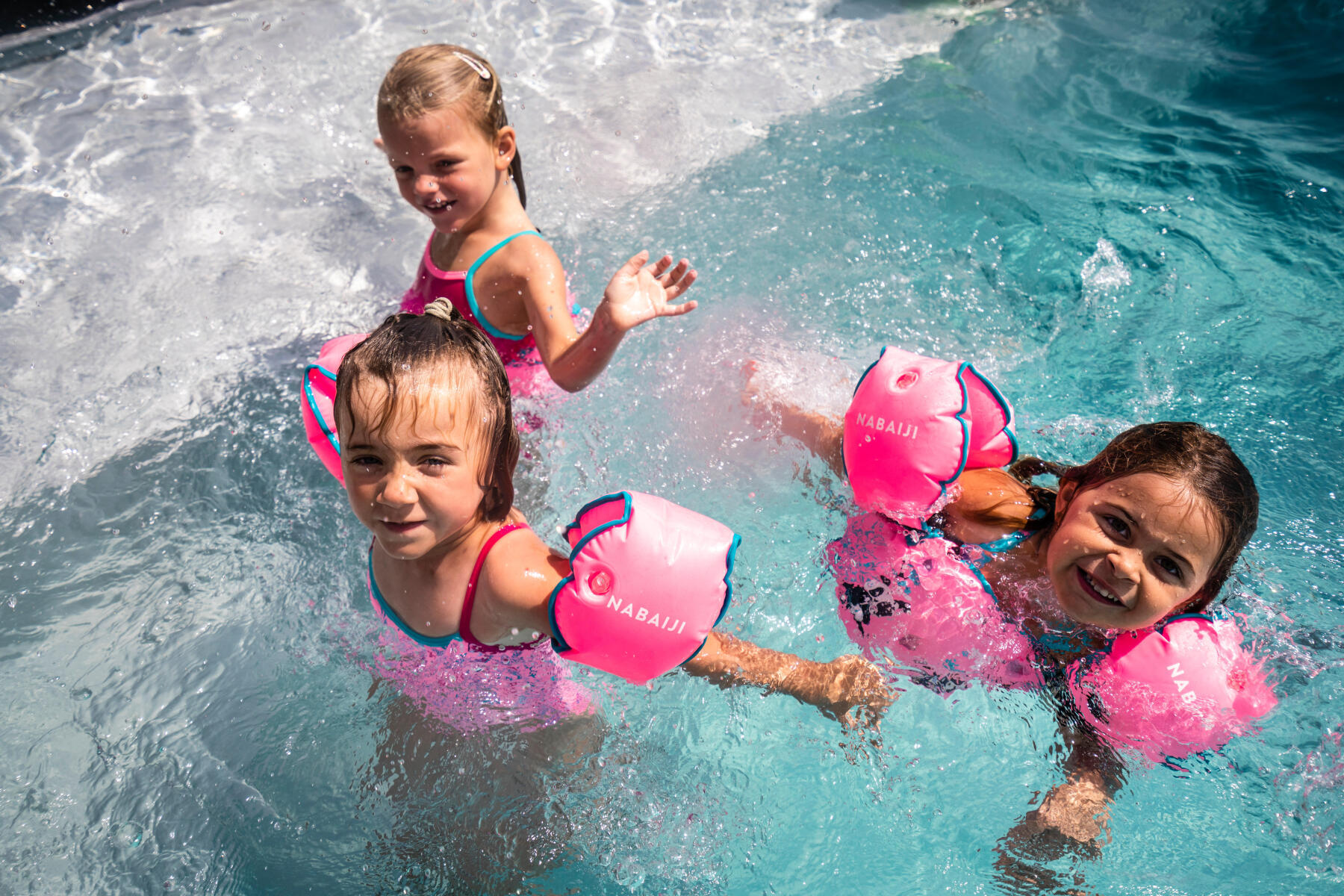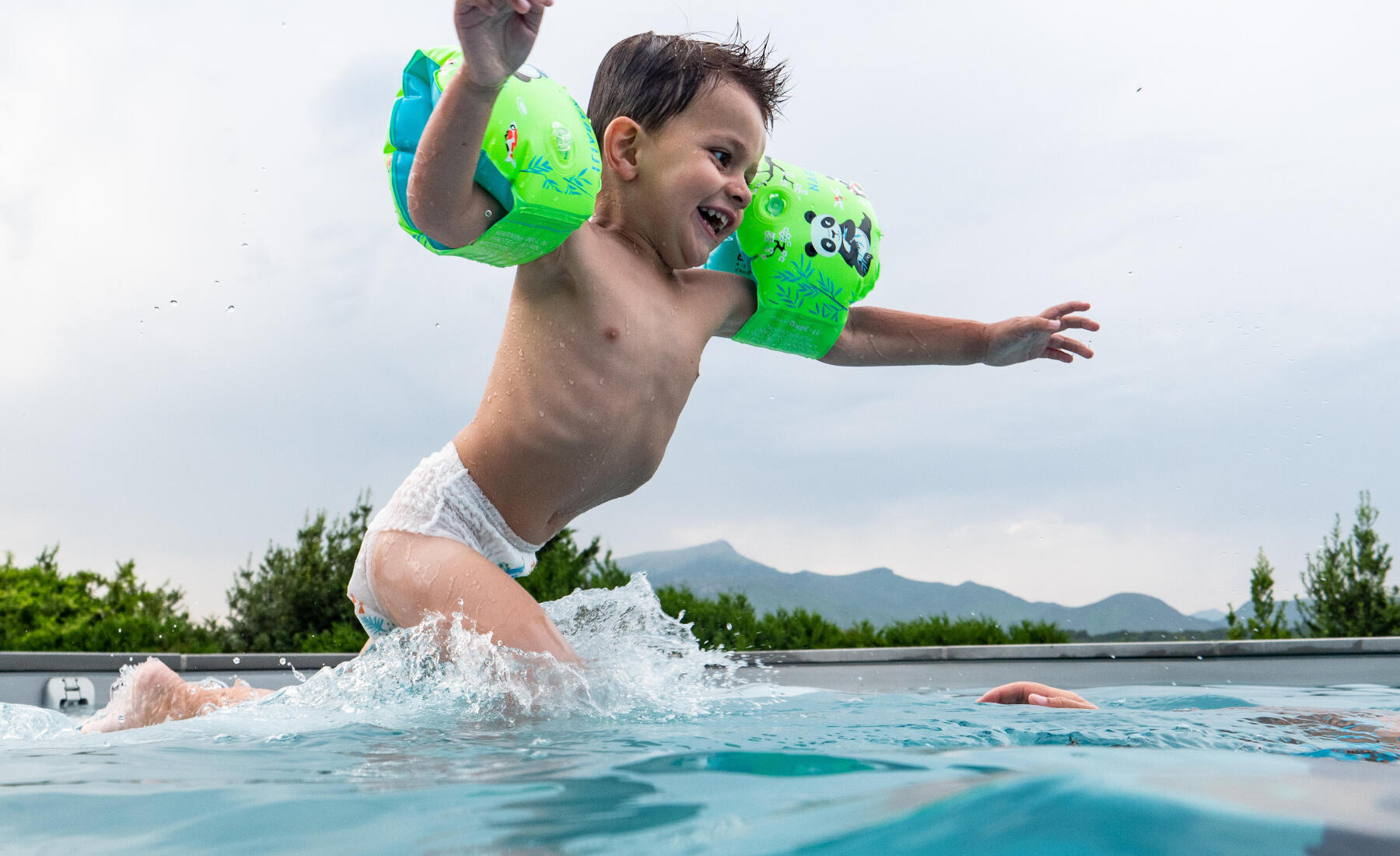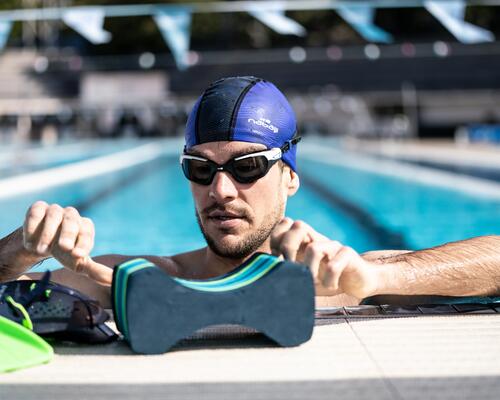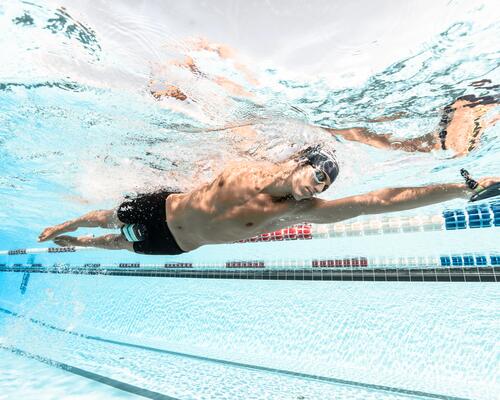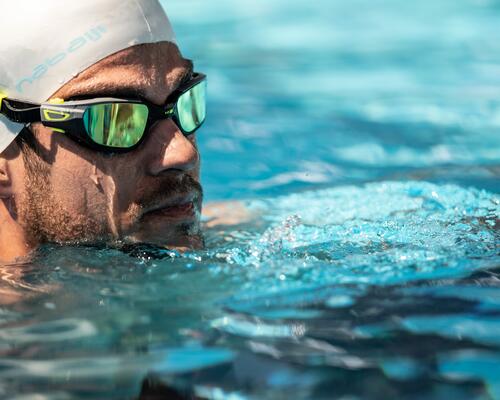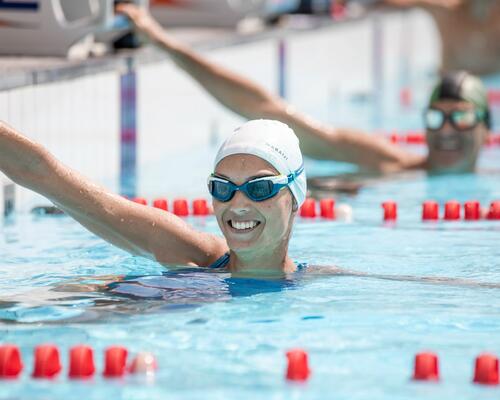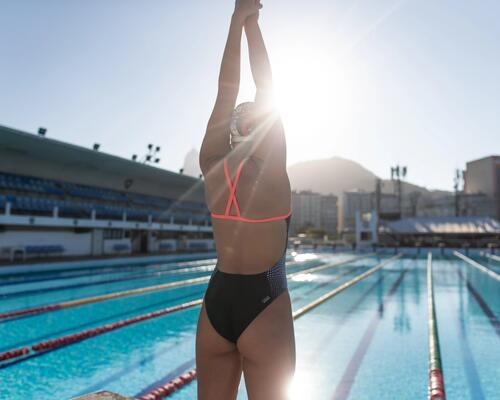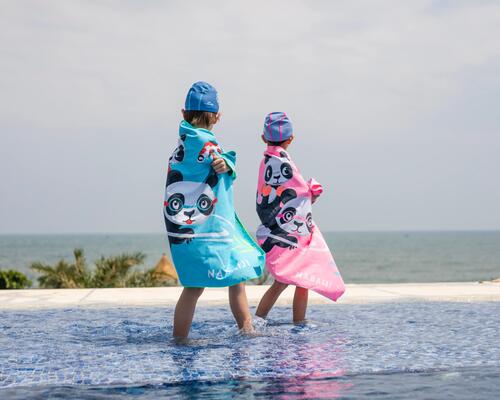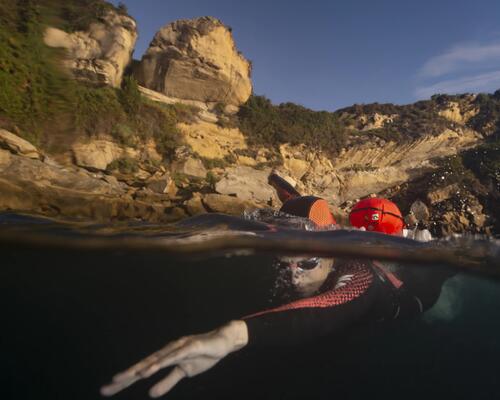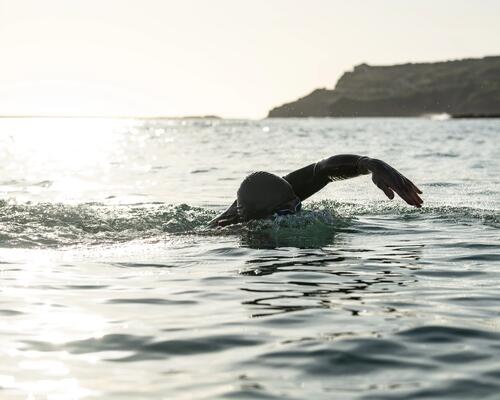Swimming at the young age
Swimming is a form of low-impact cardiovascular exercise. It is not only beneficial for health and life skills but also increases the sense of accomplishment and self-confidence of the children. On top of that, swimming can also help to improve their motor skills by enhancing stamina, strength, flexibility, and balance. Apart from health benefits, swimming also provides social skills to your child through the swimming lessons. It can train his communication skills and cooperation skills with other learners. Furthermore, your child can get mental benefits from swimming as well, especially they can feel fun and enjoyment.
We are going to offer you some advice on introducing your child to swimming step by step.

